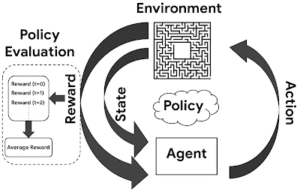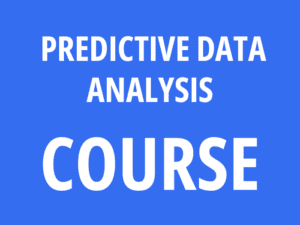Imagine separating apples and oranges on a table where only a few are labeled requires educated guesses about the rest. Semi-Supervised Support Vector Machines (S3VMs) work similarly: they combine a small set of labeled data with a larger pool of unlabelled data to classify and predict information accurately.
A Brief History of Semi-Supervised Support Vector Machines
S3VMs evolved from Support Vector Machines (SVMs), a breakthrough in the 1990s by Vladimir Vapnik and colleagues. As industries faced challenges with sparse labeled data, researchers developed S3VMs to bridge this gap. Today, S3VMs are used in bioinformatics, text classification, and image recognition, revolutionizing how machine learning models utilize data.
What Is It?
Semi-Supervised Support Vector Machines are machine learning algorithms that leverage both labeled and unlabeled data to enhance classification accuracy. By identifying an optimal hyperplane, S3VMs separate data points into categories and improve model predictions using the structure of unlabeled data.
Why Is It Being Used? What Challenges Are Being Addressed?
- Limited Labeled Data: Reducing dependence on large, annotated datasets, which are costly and time-intensive to create.
- Effective Use of Unlabeled Data: Tapping into abundant unlabeled data to boost model performance.
- Real-World Applicability: Addressing industries where data labeling is impractical, like healthcare and anomaly detection.
These advantages make S3VMs indispensable for developing efficient, scalable models.
How Is It Being Used?
- Train the model on available labeled data to define an initial hyperplane.
- Incorporate unlabeled data to refine this boundary by reducing classification errors.
- Validate and test the model for accuracy and reliability.
This iterative process enables effective learning with minimal labeled data.
Different Types
- Optimization Algorithms: Techniques like convex relaxation or gradient-based methods for efficient error minimization.
- Kernel Functions: Linear, polynomial, or radial basis functions (RBF) for defining the hyperplane.
Different Features
- Data Efficiency: Reduces the need for extensive labeled datasets.
- Flexibility: Adapts to diverse datasets and classification problems.
- Accuracy Improvement: Enhances reliability by leveraging unlabeled data.
Different Software and Tools for It
- Python: Scikit-learn, LIBSVM, TensorFlow, and PyTorch libraries.
- R: Packages like “e1071” and “kernlab.”
- MATLAB: Toolkits for advanced machine learning tasks.
- Custom Solutions: Built for specific industries and datasets.
Three Industry Applications examples in Australian Governmental Agencies
- Healthcare Analytics: Classifying patient data to improve diagnostic predictions.
- Cybersecurity: Detecting anomalies in network logs using minimal labeled security data.
- Environmental Monitoring: Analyzing geospatial data to classify land types with limited labeled imagery.
How interested are you in uncovering even more about this topic? Our next article dives deeper into [insert next topic], unravelling insights you won’t want to miss. Stay curious and take the next step with us!








